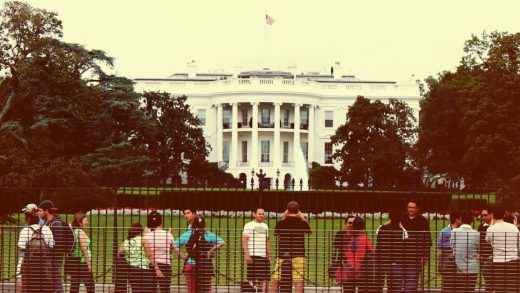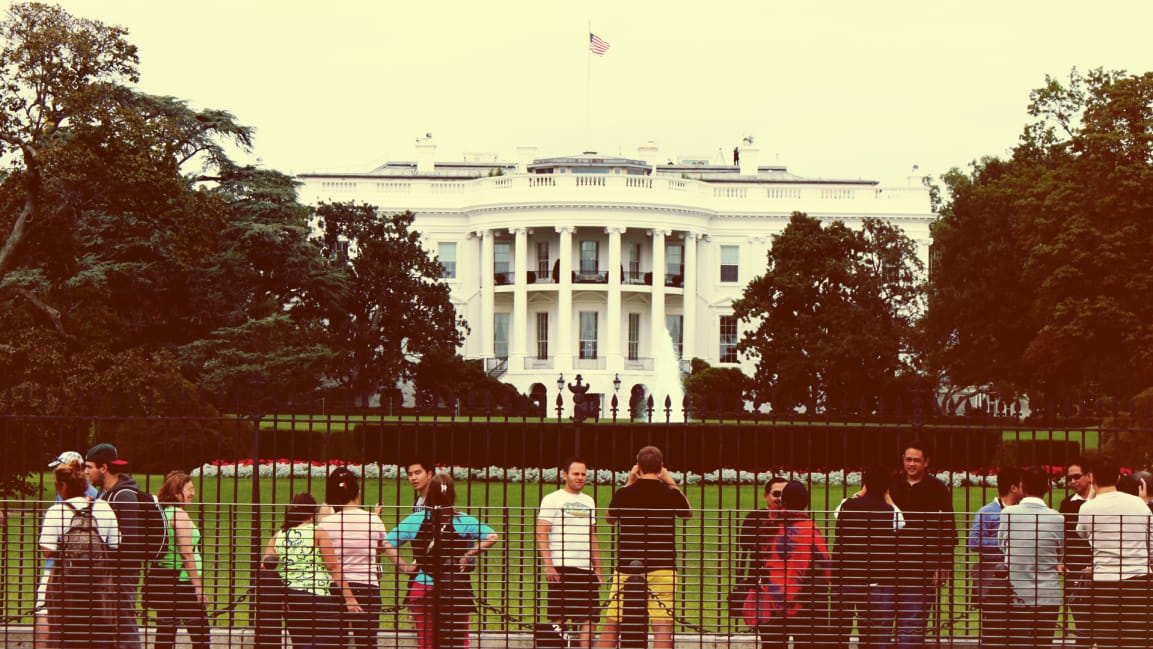The Secret Service is testing face-recognition surveillance outside the White House
The White House is watching you.
On November 19, the U.S. Secret Service started testing a new facial recognition system that captures images of people outside the White House and then tries to match them to “people of interest.” Currently it’s just a pilot program, limited to trying to match the faces of volunteer staff members, but it does capture the image of “individuals passing by on public streets and parks adjacent to the White House Complex,” according to a filing by the Secret Service.
All the images captured during the pilot will be limited to the White House security system and will be deleted once the test ends next August, the Secret Service said. However, the program’s limited nature may not be enough to quell concerns from privacy advocates about a growing high-tech surveillance.
“[It] crosses an important line by opening the door to the mass, suspicionless scrutiny of Americans on public sidewalks,” Jay Stanley, a senior policy analyst for the American Civil Liberties Union, wrote in a blog post published Tuesday. “That makes it worth pausing to ask how the agency’s use of face recognition is likely to expand — and the constitutional concerns that it raises.”
While protecting the White House is a worthy goal, the government doesn’t have a great track record when it comes to identifying people without profiling them based on race, religion, or political beliefs, which should give anyone who likes the protections of the Constitution pause.
For now, those who don’t want to be in the White House’s surveillance scrap book “may choose to avoid the area,” the Secret Service said in a document published last week.
Australia, China, and Singapore have all ramped up use of facial-recognition technology recently, and the U.S. government is apparently not immune to the allure of high-tech monitoring. Customs and Border Protection already uses it at airport gates as part of its “Traveler Verification Service,” and is reportedly expanding the use in airports in conjunction with the Transportation Security Administration.
(9)



